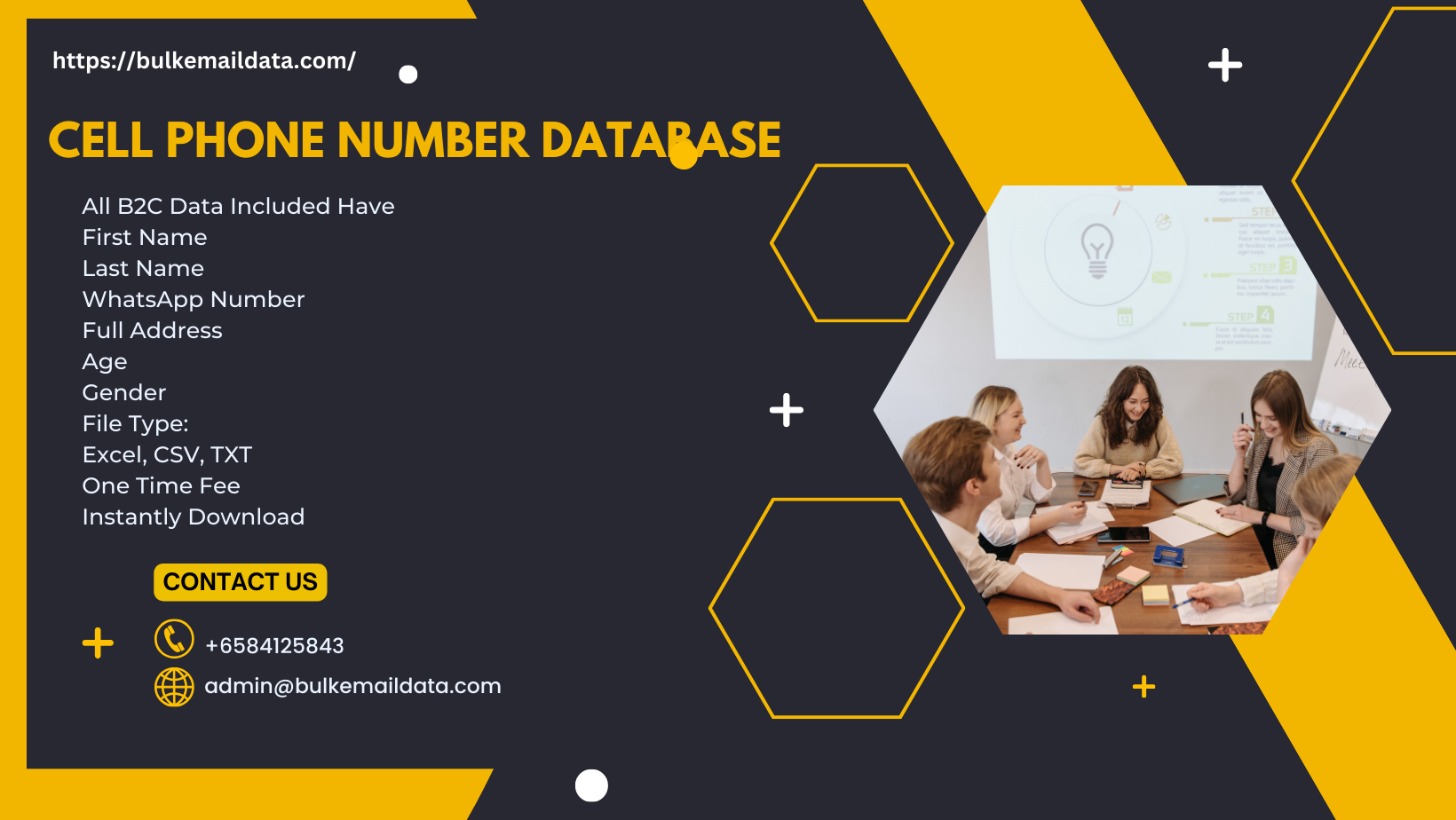|
|
As with emails, the language used in telephone calls in England and the US is very similar, and while there are small differences, most expressions are understandable to speakers of both types of English. In this article, we'll look at some of these expressions, including how Brits and Americans greet each other on the phone, how they move on to the topic at hand, and finally how they end the conversation.
How to answer the phone in Britain and America
The standard answer to a business phone call in English is “Good morning/ afternoon/ evening…. Limited/ Corp. … Department. … Section. … speaking. How can/ may I help you?” The only difference is that in the British version they would rather say “How can I help you?”, while in the US the more standard version of the phrase is “How may I help you?”.
If you are talking on the phone at home, you can simply answer with "Hello?". If you can see who is calling you (for example, the phone has identified the caller's number), you can address them by name: "Hi Steve. Thanks for calling me back." A more informal Cell Phone Number Database greeting in America would be "Yo, Steve" or simply "What's up?", and in England - "Alright Steve?", although Americans are more likely to resort to such an informal greeting. In addition, Americans more often use friendly addresses like "Hi Honey" or "What's up, bro?", the British equivalent would be "Alright, mate", but this phrase is both less common and does not sound as friendly.
Polite Conversation Starters
"Thanks for..." and "Sorry for..." are popular ways to start a telephone conversation in many countries. The only slight difference is the British word "ring", used in expressions like "Thanks for ringing me back" and "Sorry to ring again so soon, but...". The more standard equivalent of these expressions, "Thanks for calling me back" and "Sorry to call again so soon, but...", are used equally in both the UK and the US.

Casual Conversation
If you personally know the person you are talking to on the phone, the conversation can usually be started with the polite question "How are you?", or with its more informal and casual version, which in American English would be "How are you doing?", and in British English - "How's it going?" / "How's life?" / "How are things?". There are different ways to answer this question: Americans will choose an optimistic option like “Great”, while the British will prefer to downplay the real state of affairs – “Not bad” or even “Mustn't grumble”.
In both Britain and the US, before moving on to the topic at hand, it is enough to exchange just a couple of sentences in response to a question beginning with “How…?”: “How was your weekend?” or “How was your trip?”. Note that if an American asks you “How was your holiday?”, they are referring to a specific public holiday, while a Brit will actually mean “How was your vacation?”, i.e. “vacation/holiday”. If a public holiday falls on a Monday, you might hear a Brit ask “How was your long weekend?”
As for other topics of conversation, Americans tend to talk about families, even with their business contacts, and the British, as everyone knows, talk about the weather.
How to ask to be connected to someone
If you want to ask to be connected to someone else, there is again a difference between the American and British variants in the use of the verbs "can" and "may" - Americans are more likely to say "May I speak with...?", while the British are more likely to say "Can I speak to...?". In this case, the option "May I...?" in England will seem overly polite, because in British English the expression "May I...?" means permission rather than a request. If you want to emphasize politeness, you can use the phrase "Could I speak to...?", which will also work in American English. Note that "speak to" will be used in England, while "speak with" is more appropriate in America.
|
|